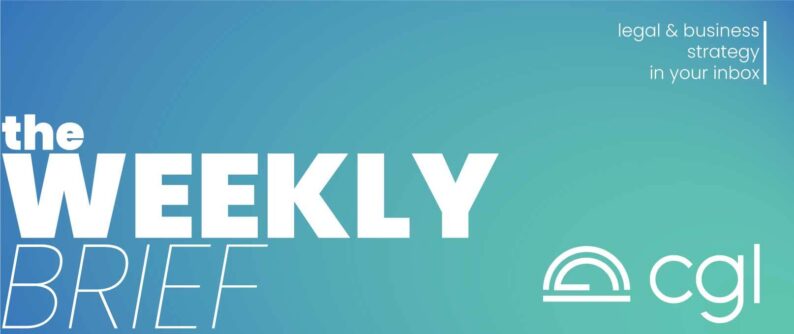5 tips for running efficient and compliant board meetings:
1. Provide ample notice.
Depending on the provisions of your company’s bylaws, directors may be able to overturn decisions made or demand a second meeting if they aren’t given timely notice (and they can’t attend) or if notice doesn’t arrive in the prescribed form.
It is a good practice to give notice in line with the company bylaws, but also in a way that works best for your board members. Here are a few quick tips:
- Copy the board members’ administrative team if you provide notice via email.
- Send an electronic copy as well as a physical copy if you are required to mail the notice out.
- Diarize to email out reminders at set intervals to ensure the meeting stays top of mind.
- Create a calendar event for the board meeting and email it out so attendees can easily add it to their calendars.
2. Start and end on time.
Your board meeting and all agenda items should be given a thoughtful timeline, and you should stick to it. This helps the meeting start on time and stay on track, while also promoting efficient consideration of all the points.
To promote this, you should provide all stakeholders with a copy of the agenda items, alongside a snapshot of key financial and operational metrics, at least a few days in advance of the meeting. This gives everyone a chance to get caught up and collect their thoughts. From there, run the meeting on the assumption that attendees have read the outline, instead of rehashing the content. Covering the material in the outline in depth during the meeting discourages attendees from reading it in advance.
Finally, if new topics are brought up, make a note and add them to the agenda for the next meeting. This gives everyone the chance to consider the material and provide a thoughtful response, and allows you to invite additional attendees with particular expertise in the area.
3. Leave space for your members’ voices.
It’s easy to look at board meetings as just a procedural requirement, but infusing humanity into your board meetings promotes efficiency and effectiveness. Allowing time for a quick social catch up in advance of the meeting’s official start time means you’re more likely to start on time and stay on track.
You should also ensure your stakeholders have an opportunity to make their voices heard. Encourage them to submit their thoughts on the agenda as early as possible, then leave time for questions and discussion about any agenda items that may be controversial. Including space for this promotes engagement, while also helping keep things moving during the meeting.
4. Run it virtually.
Running your board meetings virtually increases accessibility. This makes reaching a quorum much easier while also supporting social and geographic diversity.
California law allows for board meetings to be held remotely so long as the members participating can communicate concurrently with one another and each member is able to propose or interpose his or her objection to a specific action. (See the code here.)
5. Outsource your board minutes.
Your board minutes are a legal document, which means that whomever is generating them should know any compliance considerations. If you don’t have an in-house attorney who is familiar with minutes requirements, you should outsource the task of taking minutes to an outside law firm. This streamlines the process of getting the board minutes into the final usable (and legal) format.
The procedural components of board meetings may seem trivial, but they can have a major impact on your business. For assistance organizing and running efficient and effective board meetings, reach out. We’re here to help!
Disclaimer
The materials available at this website are for informational purposes only and not for the purpose of providing legal advice. You should contact your attorney to obtain advice with respect to any particular issue or problem. Use of and access to this website or any of the e-mail links contained within the site do not create an attorney-client relationship between CGL and the user or browser. The opinions expressed at or through this site are the opinions of the individual author and may not reflect the opinions of the firm or any individual attorney.

